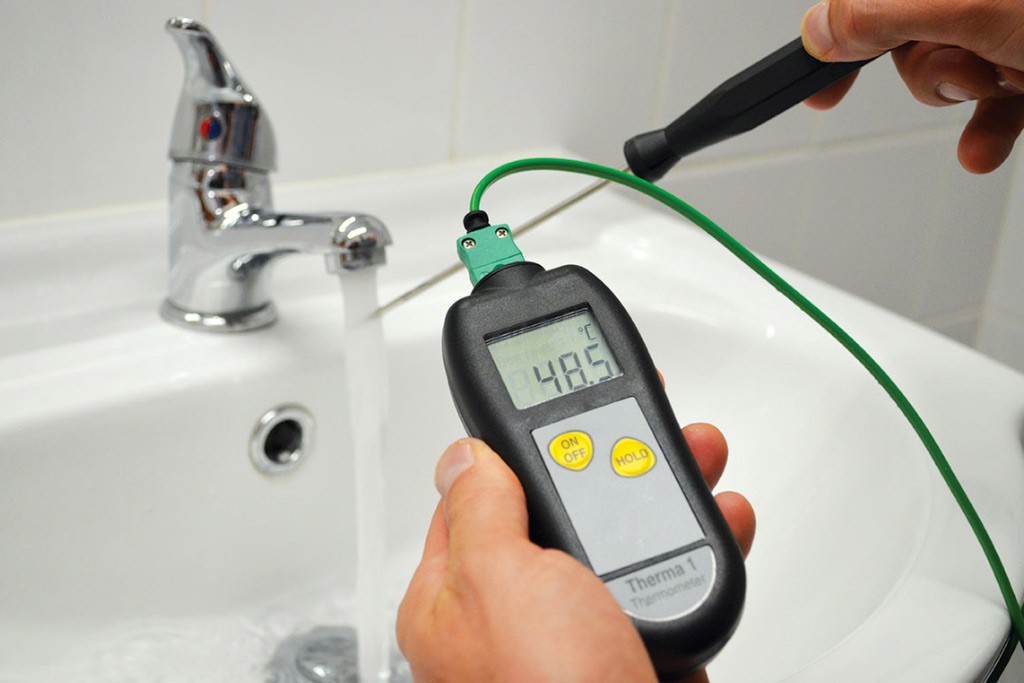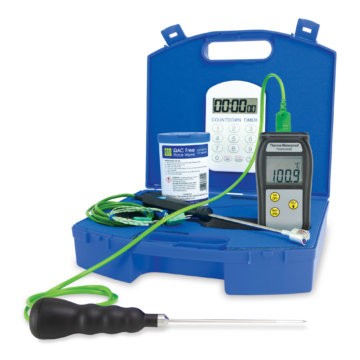What is Legionnaires’ Disease and How To Prevent It

Did you know that incorrect water temperature is a key risk factor for legionella growth? Legionella growth can, of course, lead to Legionnaires Disease. If you are an employer or person in control of a premises, then you must organise a risk assessment for exposure to legionella. Here are some key facts about Legionnaires Disease, what to expect and how to prevent it…
The Approved Code of Practice (ACOP) Legionnaires’ Disease
Issued by the Government’s Health and Safety Executive (HSE) this code significantly extends the scope of its guidance on control of legionella bacteria in water. The code applies to all hot and cold water systems in the workplace regardless of their capacity, i.e. the lower limit of 300 litres previously used to exclude domestic systems, no longer applies. Whilst domestic systems may represent a risk, the code only applies to a risk arising from a work activity. This means that all employers, who manage premises with hot/cold water systems and/or wet cooling systems, have a legal responsibility to identify any risk of contamination and to prevent or control it. These records have to be kept for a minimum of five years.
What are the symptoms of Legionnaires’ Disease?
Initial symptoms usually include flu-like symptoms, such as: mild headaches, muscle pain, high temperature (fever) usually 38C or above, chills, tiredness and changes to your mental state such as confusion.
Once bacteria begin to infect your lungs, you may also experience symptoms of pneumonia, such as: a persistent cough – which is usually dry at first, but as the infection develops then you may start coughing up phlegm or, rarely, blood, shortness of breath and chest pains.
It normally takes six to seven days between getting the infection and the start of symptoms, known as the incubation period thought it can be up to 19 days. Legionnaires’ disease has similar symptoms to other illnesses therefore your recent travel history is very important when attempting to diagnose the disease. If an infection is suspected, a urine test can be used to check for Legionnaires’ disease.
How is Legionnaires’ Disease caught?
Legionnaires’ disease is caught by inhaling small droplets of water suspended in the air which contain the legionella bacterium, e.g. spray from showers and taps. However the disease isn’t contagious and cannot be spread directly from person to person.
What are the sources of legionella bacterium?
The legionella bacterium is found mainly in stagnant water, e.g. ponds and rivers or buildings containing cooling tower, evaporation condensers, air conditioning and industrial cooling systems, humidifiers, spa baths and hot and cold water systems.
What areas are most vulnerable?
A wide range of workplaces, but particularly residential accommodation managed privately or by organisations, e.g. local authorities, universities, hospitals, nursing and care homes, housing associations, charities, hostels, private landlords, managing agents, hoteliers and holiday accommodation providers, including guest houses and camping/caravan site owners.

How To Prevent Legionnaires Disease
The most common and effective method used to control the risk from Legionella is water temperature control.
Water services should be operated at temperatures that prevent Legionella growth:
- Hot water storage cylinders (calorifiers) should store water at 60°C or higher
- Hot water should be distributed at 50°C or higher (thermostatic mixer valves need to be fitted as close as possible to outlets, where a scald risk is identified).
- Cold water should be stored and distributed below 20°C.
HSE Guidelines state
You should routinely check, inspect and clean the system, in accordance with the risk assessment.
You must identify ‘sentinel’ outlets (furthest and closest to each tank or cylinder) for monthly checking of the distribution temperatures. You should also check the hot water storage cylinder temperatures every month and cold water tank temperatures at least every six months.
Stagnant water favours Legionella growth. To reduce the risk you should remove dead legs/dead ends in pipe-work, flush out infrequently used outlets (including shower heads and taps) at least weekly and clean and de-scale shower heads and hoses at least quarterly. Cold-water storage tanks should be cleaned periodically and water should be drained from hot water cylinders to check for debris or signs of corrosion.